Plants that grow and mature in containers sometimes do not get enough space to spread their roots. When this happens, the plants become like a web of roots which is very dense. This is called root bound. This condition is not beneficial for the plants’ growth.
The very low maintenance plant Philodendron is popular as a houseplant because they are easy to take care of. This however does not mean that you can let them stay root bound.
Do Philodendron like to be root bound?
Even though a philodendron is more tolerant in being root-bound compared to the houseplants, they do not like it. Repotting keeps them happier and healthier. And for any plant, including the philodendron, regular repotting is a better option than root bound them.
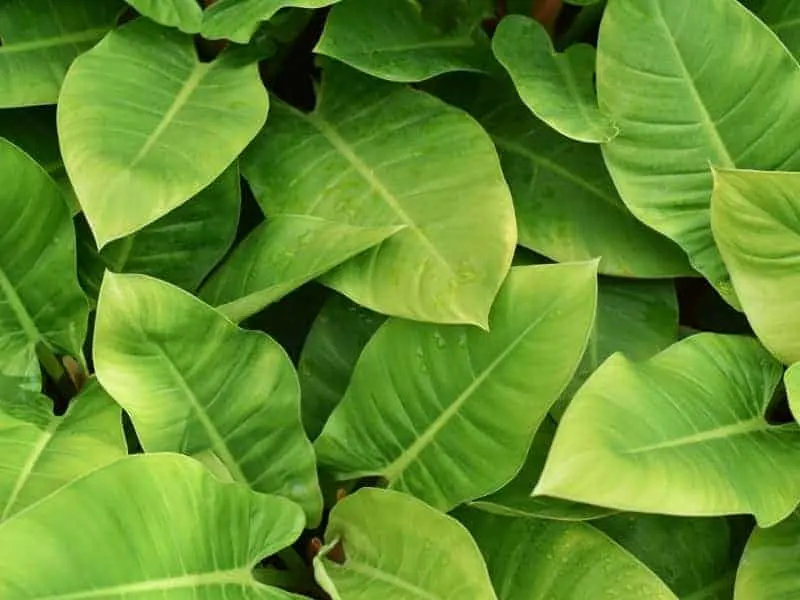
There are some plants that like to be root bound. Philodendrons are not one of them. These plants are tolerable to being root bound. But they do not prefer it. To keep your philodendron plant happy make sure to regularly repot them, instead of root bound.
Do these Philodendron species like to be root bound?
There are many types of Philodendron and some are more tolerant to be root bound than the others. In general the plan does not like being root bound. But that might not be the case for all the other types-
Philodendron Brasil (Heart-leaf):
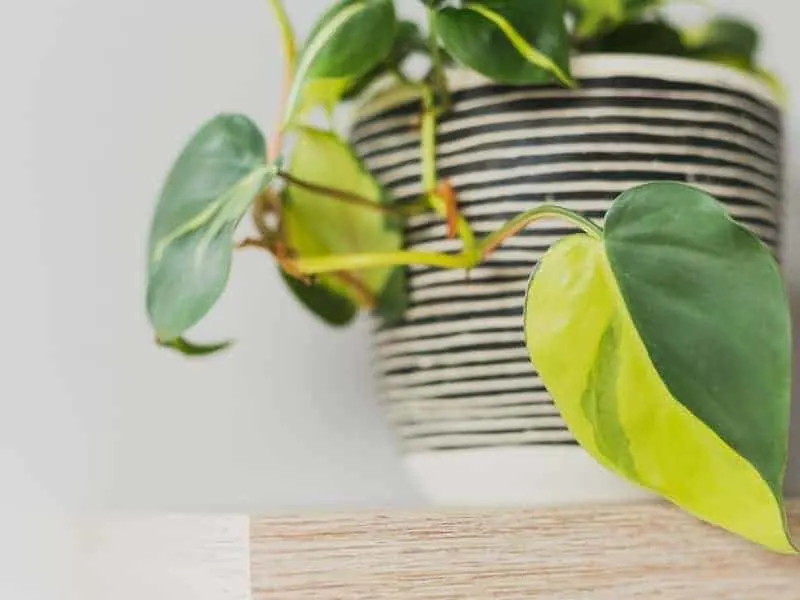
The heart leaf philodendron can get root bound if you do not re-pot them. They are okay with being slightly root bound but it is not preferred by them. These fast growing plants should be potted a size larger for better growth.
Philodendron Birkin:
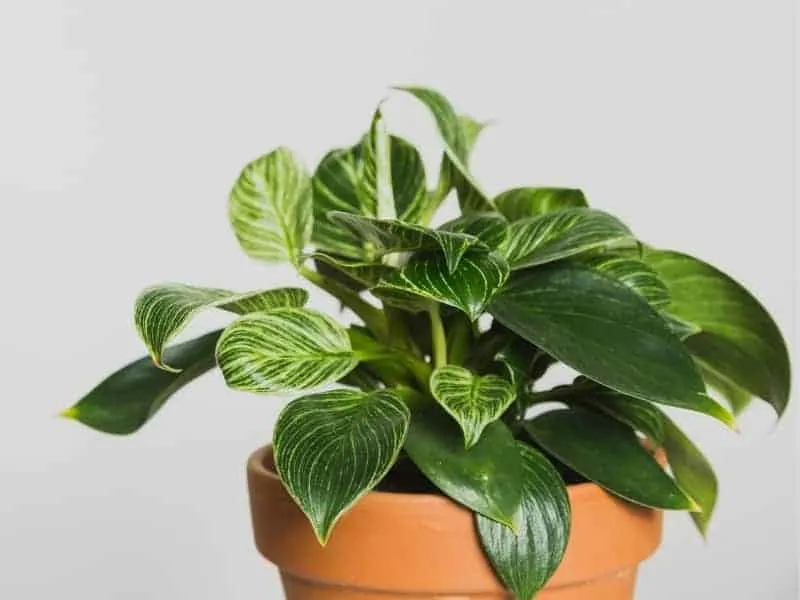
The fast growing Birkin needs to be checked every year because the roots can grow pretty fast. Repot them as soon as you see any signs of root bound. They do not like being root bound
Philodendron Selloum (Split-leaf):
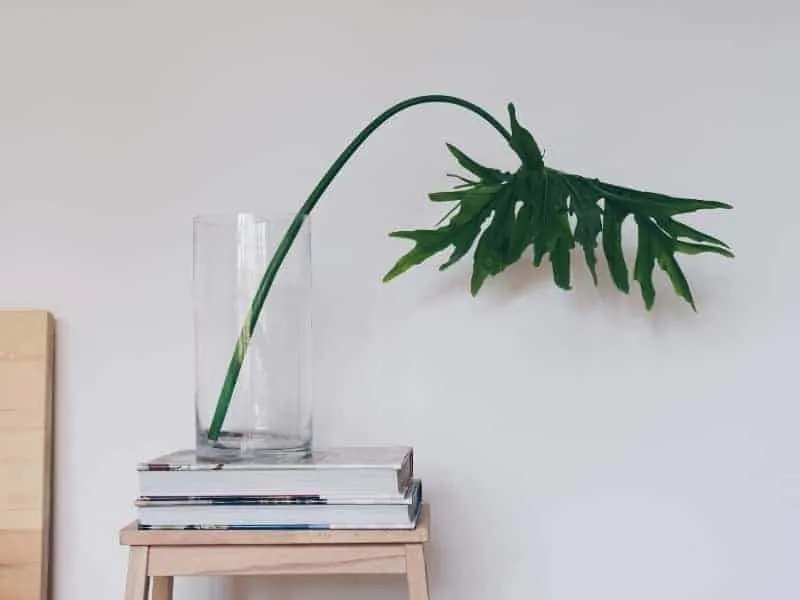
Make sure to keep a track on the roots of your Selloum, or more popularly known as the split-leaf. Repot the plant at the beginning of spring.
Philodendron Pink princess:
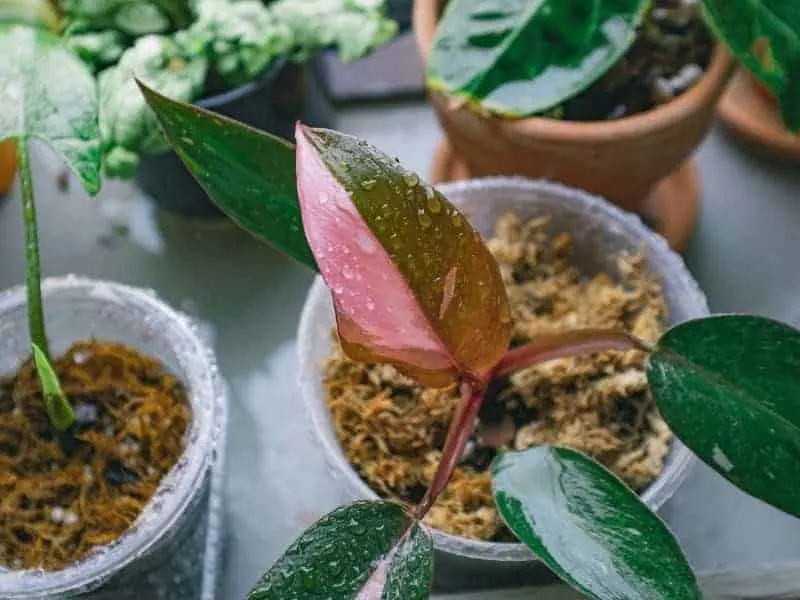
The pink princess or the Erubescens do not like to be root bound. They require a lot of humid air. You should always repot your pink princess plant for it to grow healthy and happy.
Philodendron Micans:

The velvet leaf philodendron climbs using their aerial roots. So they always prefer to not be root bound. Repotting the Mican Philodendron is very important. Also you should always keep them hydrated and humid.
Philodendron Xanadu:
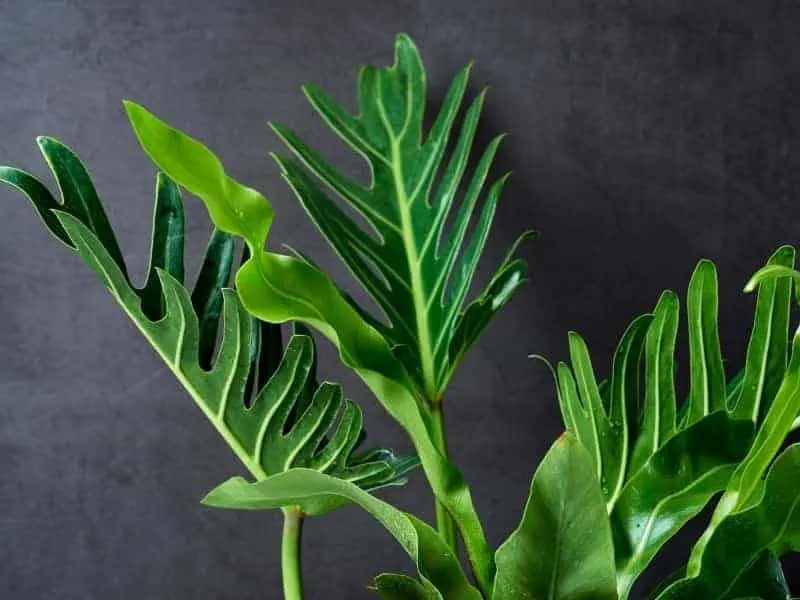
These types of philodendron are more tolerant to being root bound. they do not need to be repotted more often. Just when the roots start to grow too much, you should consider repotting them.
Philodendron Hope:
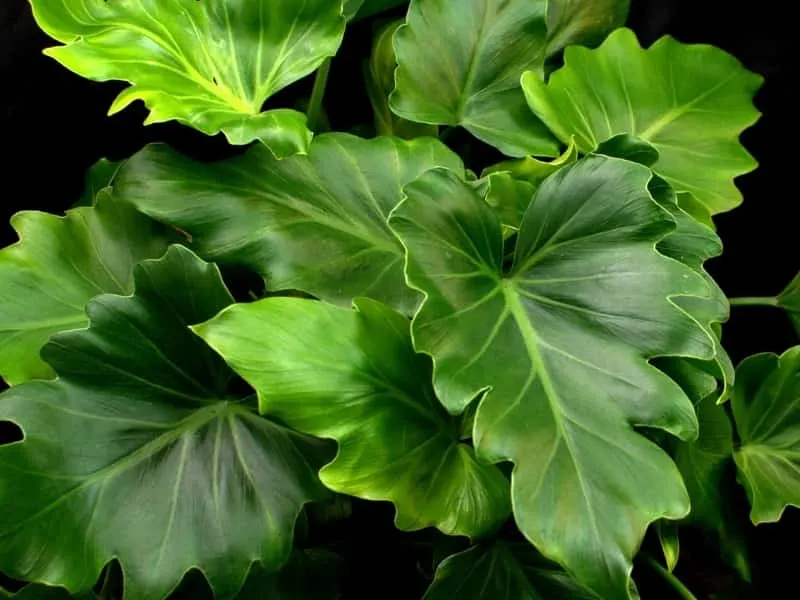
The hope philodendron are low maintenance and can be very easy to take care of. Accommodate the plant to the right sized pot.
This will give them room to grow and flourish. Keeping them root bound is not advised, so trim their roots carefully or repot the plant.
Philodendron Cordatum:

Your Cordatum needs to be repotted regularly. They are less tolerant of being root bound. Get a big container so the growth of the plant is not compromised in any way.
The plants need to be repotted, and this particular plant would grow well with any other type of plant there. So you can mix and match as well.
The various types of Philodendrons react differently to being root bound. While some types are okay with the condition, the Philodendron class does not prefer being root bound. Regular repotting is always advised.
How do you separate a Philodendron root bound?
A root bound plant can sometimes be very rigid as they attach together somewhat like a web. The process of separating the roots can be difficult. There is always a risk of cutting the core roots of the plant-
- Figure out the plants that need separating;
- Carefully remove the plant from its’ old pot;
- Use your fingers to slightly loosen the root web or the root ball;
- You should cut the plants in sections, keeping a healthy root into each section;
- Prepare the new container with fresh potting mix;
- Plant the sections in the new pots.
Use a sharp knife for the cutting. This will ensure no blunt edges. Sectioning the plant roots is rather difficult and requires experience. Keep working on it and take things slow at the beginning.
How to re-pot a root-bound Philodendron?
The philodendron plants are tolerant and very low maintenance. But that does not mean you should let them be root bound. The plants do not prefer this condition. Which is why you should repot the plants whenever required-
Step 1:
Get the right tools ready. The plant is poisonous so you have to be all geared up. Get your pots, sharp knives and gloves together.
Step 2:
The container should be bigger and wider than the one your plant is already in. This will make your repotting process easier.
Step 3:
Carefully separate your philodendron. Use your fingers to loosen the soil and use the knife to separate the roots. Divide the roots in sections while keeping a healthy root in each section.
Step 4:
Check the roots of the plants if they are infected. You do not want healthy plants to fall sick.
Step 5:
Prepare the container beforehand by placing an inch of potting in the container. Put your plant in the potting and use medium and soil to cover it up.
Step 6:
Water the soil so the roots can adjust easily.
These are the simple steps to repotting a root bound philodendron. Be careful with the separation. Do not cut any healthy roots. With practice, you should be a plant maser.
What are the signs of root-bound Philodendron?
It can be difficult to detect a root bound plant from over the soil. In most cases, the top layer of the soil is usually normal while the roots underneath the soil are all twisted. So to see if your plant is root bound, you have to check the roots-
It will be hard to remove the plant from the container:
You will have a hard time removing the plant from the container if it is densely root bound. With little root bound, the plant will come out easily;
Check how the roots are attached:
Check the root ball and how the roots are attached to it. If the roots are surrounded entirely, it is densely root bound;
See if the root ball is solid or not:
If you see only a little amount of soil around the root ball and only a solid mass, then you have a hard root bound plant.
The quicker you examine your plant the better it will be to solve the problem. The philodendrons are tolerant to being root bound so you might not see any damage over the soil. But you should re-pot it as soon as you find the root bound. This will lead to a healthier growth.
Should I re-pot my philodendron (and when)?
Even though your philodendron may seem okay with being root bound, it is definitely not healthy for them. You should always repot your philodendron if you want it to be happy and grow to a healthy plant.
You should check if your plant is root bound. If you find a slight root bound, you should start the re-pot process.
However, you should regularly repot your plant. Early spring is the perfect time to re pot plants. With the right temperature and in broad light, you should re pot your philodendron for its’ healthy growth.
How long do Philodendrons take to grow?
Philodendrons are indoor plants with fast growth. Even the vines of the plant can grow as much as 10cm in just a week. These fast growing plants will take up the entire space if you do not cut and rim occasionally.
The roots from a cutting of the philodendron should begin to grow after 10 days or so. Some cuttings may take up to 3 weeks though. But that is completely normal. Sometimes, in 3 weeks, the roots are all grown and ready to be rooted.
Do Philodendrons like small pots?
The pot size depends on the density and the plant size. But they do not like small pots as they grow fast. A small pot might compromise the growth of your philodendron.
This is why you should get a larder pot than the size of the plant. The plant is a fast grower so you might have to change the pot from time to time.
Do Philodendrons need big/deep pots?
A deeper or bigger container will promote the growth of the philodendron. This is because the plant is a fast grower. In order to avoid root bound problems, it is best to get a larger container.
Not too big though. Just a size bigger than the plant, so the plant has space to grow and flourish.
What size pot for Philodendron?
There is no absolute size for a pot to plant your philodendron in. Because the size of the pot depends on the growth, which varies from plant to plant. However, it is best to get a pot that is larger than the size of the plant.
Choose a plant that is about an inch larger than the plant so your plant has enough space to root out and not get root bound. This is important for the growth of the plant.
The Philodendron is a very low maintenance plant and they are very easy to take care of. Check for the roots from time to time and make sure to repot them regularly to avoid any constraints in growth.
Frequently Asked Questions:
Do Philodendrons Like Coffee Grounds?
Do Philodendrons Like Humidity?
Do Philodendrons Like to Be Misted?
Does Philodendron Clean and Purify the Air?
